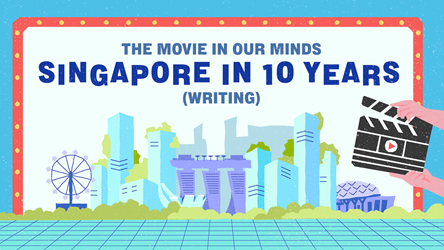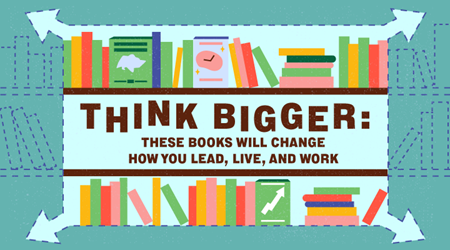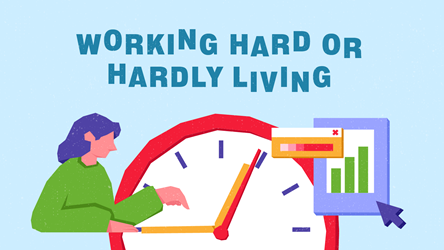From Maps to Metaphors (Part 1)

Before travelling to new places, we instinctively look for maps; either a physical map, charting out relative locations or distances, or a subjective map of friends' impressions and perspectives.
This need for maps reflects an age-old human yearning for order in an often messy and unpredictable reality. Maps give direction and articulation to the unknown, which they categorise and conceptualise. We often hear talk of “plans” and “blueprints” – essentially attempts to map paths into the future. Even the nowadays instinctive urge to “Google something” is, at its core, an effort to map the contours and boundaries of an issue that we might not know well.
From Maps to Metaphors
The problem with maps is that the order, categorisation and clarity they bring is fundamentally retrospective. They are useful representations of things that someone, somewhere has already experienced. In the language of complexity theory, maps are wonderful tools for the unknown but knowable.
But maps cannot be made for things, issues and places that do not already exist. For the unknown and un-or-not-yet-knowable, we need different tools. I find it useful to take a leaf from creative writers – particularly poets – and mine the insights that come from the world of metaphors. Metaphors are not just about the comparisons we make between unlike things; they also reflect the deep stories we tell of ourselves and the things we care about.
In the case of how we govern a world that does not exist, the tentative beginnings of answers lie in our metaphors for two related concepts:
- Government – the work of the public sector, involving both political leaders and professional civil services; and
- the broader phenomenon of Governance – how the different sectors in a polity, economy and society organise themselves to deliver value to people.
Metaphors as Magnifying Glasses
Organisational management scholar Gareth Morgan notes that the “images” or metaphors we adopt for organisations affect how, and how effectively, we manage them and their attendant challenges.
If we view an organisation as a machine, our management approaches tend to focus on the stable, predictable and coordinated interactions among its constituent segments, each comparable to a cog, gear or other mechanical component. The machine metaphor simultaneously de-emphasises the protean, human elements of organisations and their subjective, adaptive interactions, which become more prominent once we view organisations as living organisms or cultures. Interacting power dynamics are highlighted by yet another metaphor – of organisations as political systems.
In each instance, metaphors function as magnifying glasses, highlighting certain aspects of organisations as particularly salient or critical.
The same can be done for government and governance. I suggest that four metaphors are particularly useful when thinking about governing the elements, issues and challenges of a world that doesn’t yet exist. ■
'From Maps to Metaphors' was first published in Future Tense (December 2015) from the Ministry of Trade and Industry. Read Part 2 and Part 3 of of this article.
Mr Aaron Maniam is the Director, Industry Division, at the Ministry of Trade and Industry.
- POSTED ON
Jan 31, 2016
- TEXT BY
Aaron Maniam









